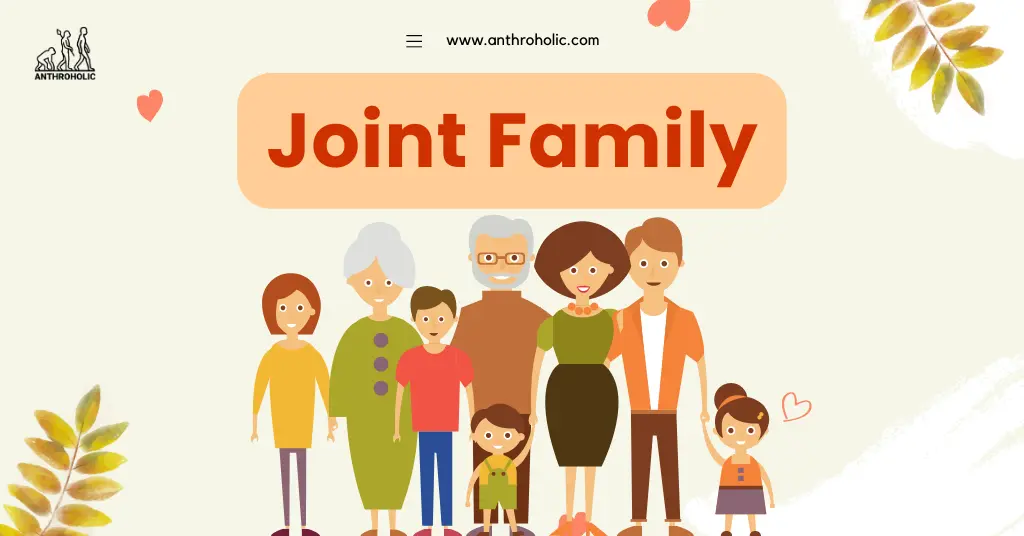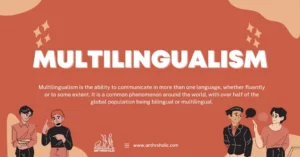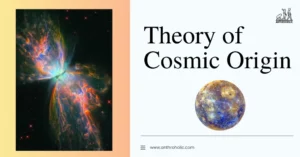AI Answer Evaluation Platform Live Now. Try Free Answer Evaluation Now
Joint Family
Joint family systems have been a cornerstone of many cultures, offering a unique social structure that has both shaped and been shaped by historical, economic, and social forces. This article provides an in-depth examination of joint families from a cultural anthropological viewpoint, exploring their inherent characteristics, advantages, disadvantages, and changes in recent times.

What is a Joint Family System?
A joint family system is a familial arrangement where more than one generation of kin live together in a single household, sharing resources and responsibilities [1]. This system is not exclusive to a particular region but has been predominantly observed in South Asian cultures, including India, Pakistan, Bangladesh, and Nepal [2].
Key Features of a Joint Family
- Common Residence: All members reside under the same roof.
- Joint Resources: Resources are pooled, and the income and expenditure are commonly handled.
- Work Division: Duties and responsibilities are distributed based on age and gender.
- Strong Kinship Ties: There is a heightened sense of bonding and emotional support among members [3].
Advantages of a Joint Family System
A joint family system has numerous advantages, deeply ingrained in social, economic, and cultural contexts.
Social Advantages
- Sense of Belonging: Individuals in a joint family share a strong emotional bond, creating a sense of belonging and security [4].
- Shared Responsibilities: Household tasks, child care, and elderly care are collectively handled, reducing individual burdens.
Economic Advantages
- Resource Sharing: Shared resources lead to economic efficiency, making this system beneficial for lower-income households [5].
- Financial Stability: The combined income of family members ensures economic stability.
Disadvantages of a Joint Family System
Despite its advantages, the joint family system has several challenges, often rooted in individual freedom and interpersonal dynamics.
Lack of Privacy
- Limited Personal Space: Joint families often mean limited private space, which can lead to discomfort and conflicts [6].
- Limited Individual Freedom: Decisions are usually made collectively, which can limit personal freedom and autonomy.
Interpersonal Conflicts
- Generational Gap: Differences in opinions between generations can cause misunderstandings and disputes.
- Power Dynamics: There can be a central authority figure, leading to power struggles and favoritism [7].
Joint Family in the Modern Context
In the context of rapid urbanization and globalization, the joint family system is undergoing significant transformations. More families are opting for nuclear structures due to job mobility, pursuit of individual autonomy, and the desire for privacy [8].
Modern Joint Family Structure
| Traditional Joint Family | Modern Joint Family |
|---|---|
| Multiple generations cohabiting | Two generations cohabiting |
| Centralized authority | Decentralized authority |
| Collective decisions | More individual autonomy |
| Rural or urban setting | Predominantly urban setting [9] |
However, the essence of a joint family—mutual support, shared responsibilities, and strong emotional bonds—continues to persist in many cultures, even in modern adaptations.
Conclusion
Joint families, an intricate part of human societal structures, exhibit both advantages and challenges. While they provide economic efficiency and emotional support, they may also limit individual freedom and lead to conflicts. Modern adaptations reflect a balance between the traditional joint family values and contemporary needs for autonomy and mobility. As cultural anthropologists, understanding the dynamics of these evolving family structures is crucial to comprehend human societies better.
References
[1] D. F. Aberle, The Peasant Culture of Ch’ih Huai, Nueva Ecija: A Preliminary Report, 1958
[2] A. V. Chitnis, Kinship, Family and Social Life, 1975
[3] M. Srinivas, Social Change in Modern India, 1966
[4] C. A. Gregg, Culture and Identity: Life Stories for Counselors and Therapists, 2011
[5] R. T. Schaefer, Sociology: A Brief Introduction, 2010
[6] S. T. Hsieh, Individualism: A Reader, 2015
[7] P. Robbin, Disrupted Dialogue: Medical Ethics and the Collapse of Physician-Humanist Communication (1770-1980), 2004
[8] R. P. Dutt, Family Change and Family Values in a Multicultural Context, 1999
[9] P. Das Gupta, Family Systems and Cultural Change, 1993




